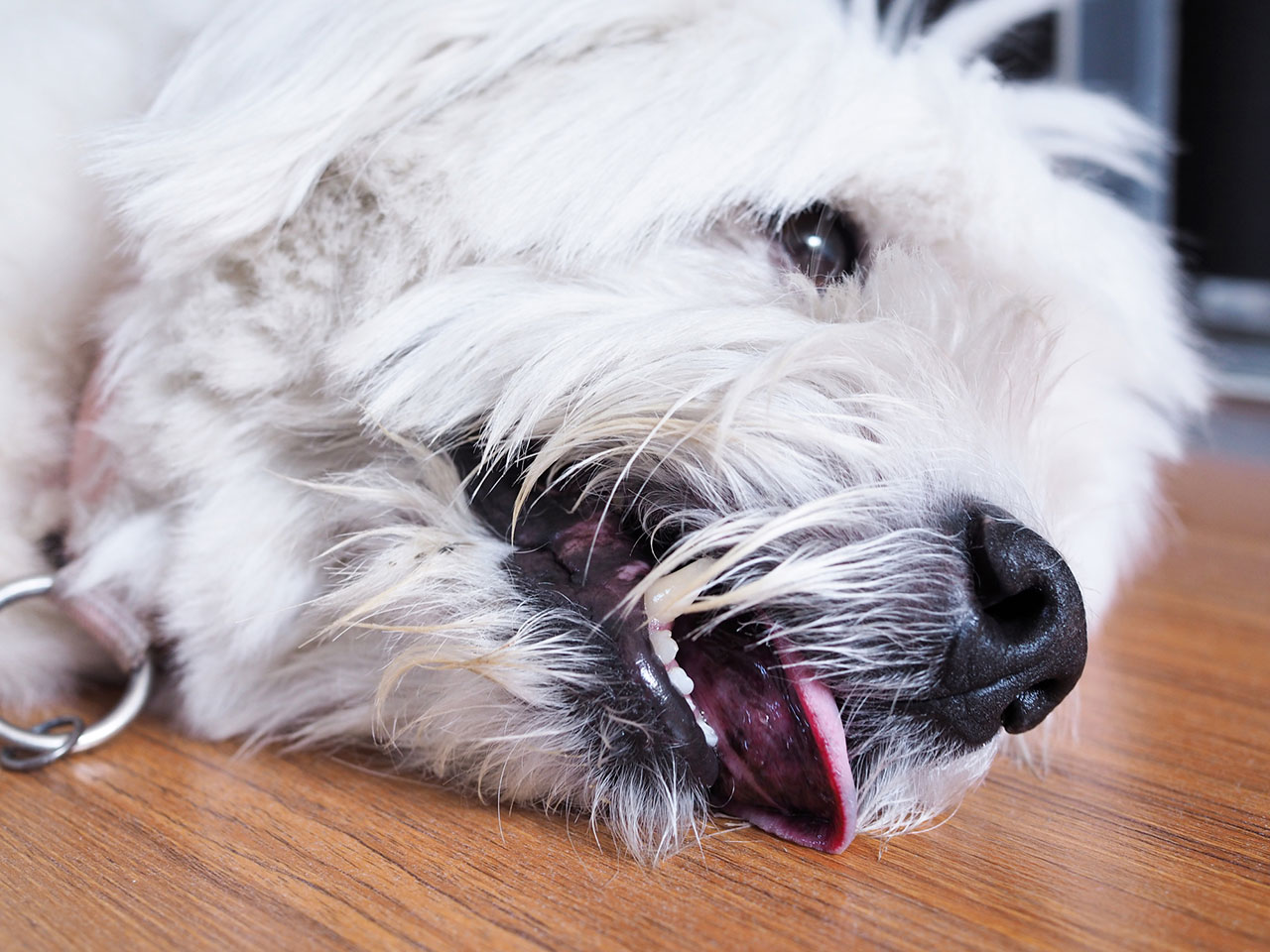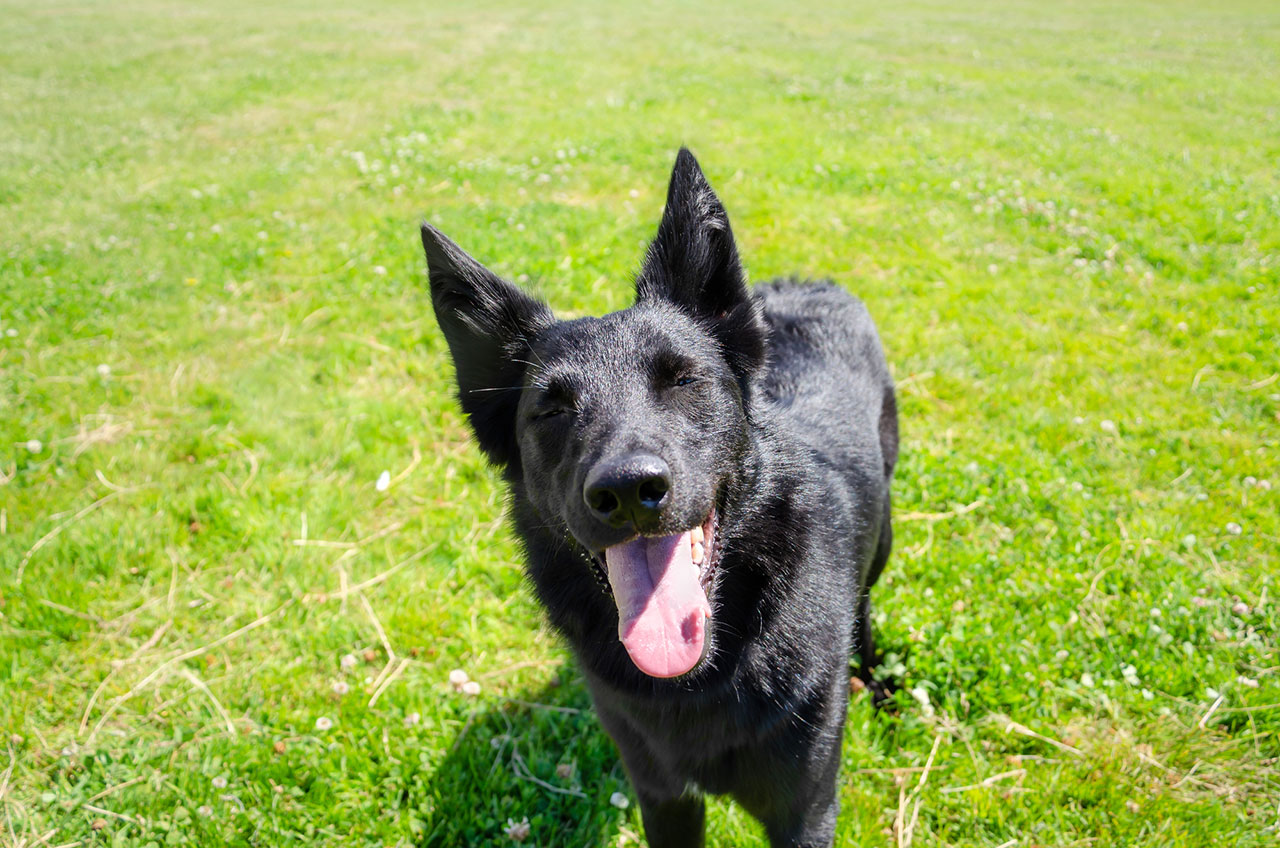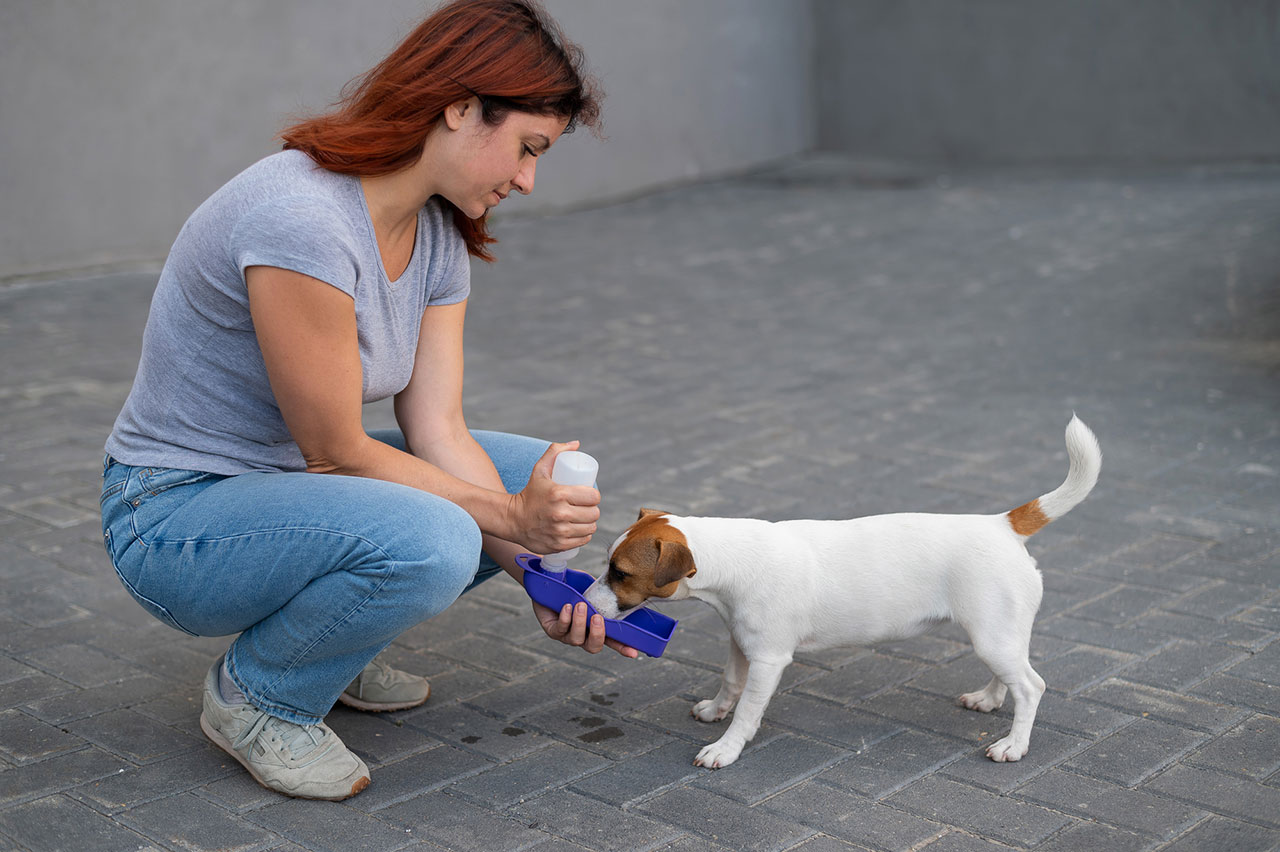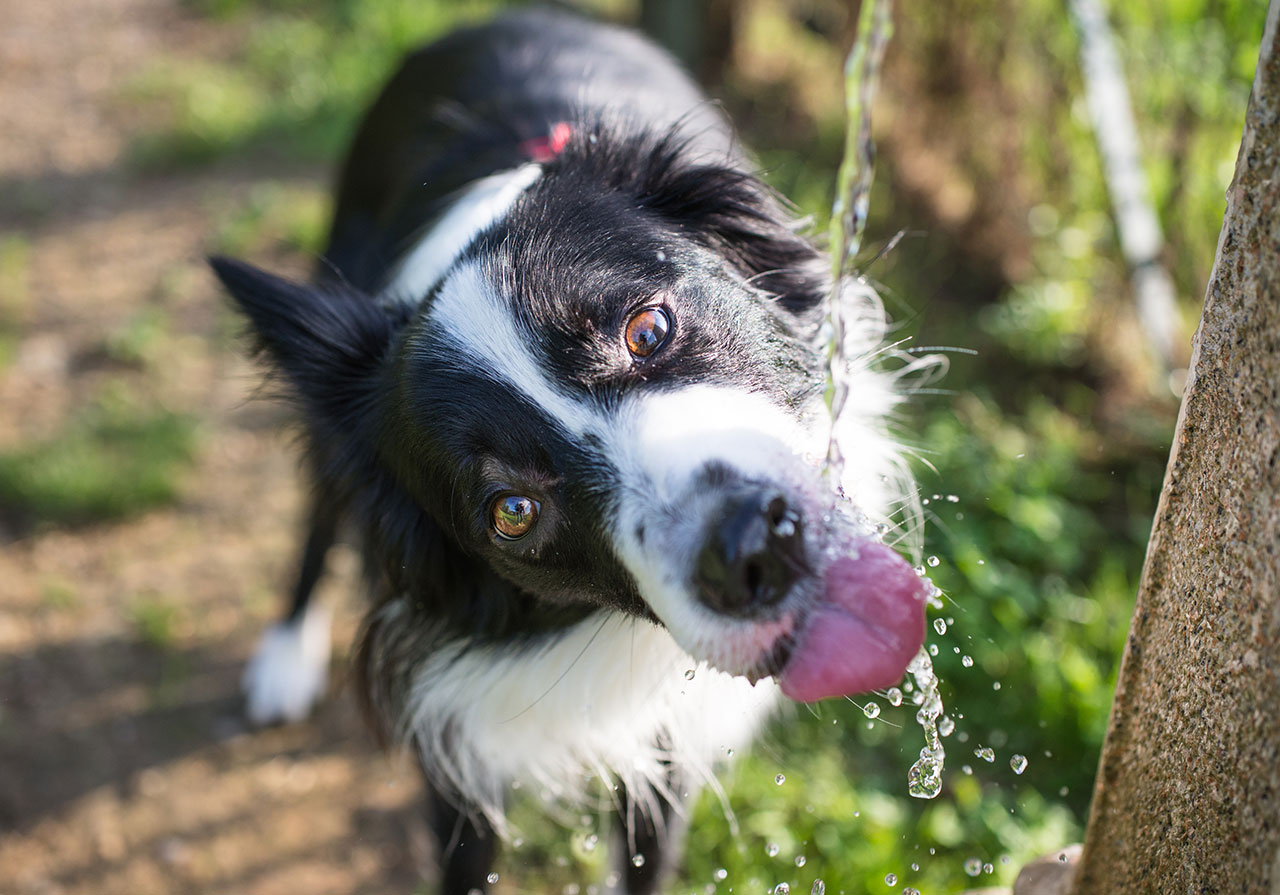How Long Can a Dog Go Without Water?
Dogs Need Water Just Like Humans Do
Dogs need water just like humans do in order to survive. In fact, they need even more amount of water than we do since they tend to expend a lot of energy through exercise and play.
Dogs are able to go without water for a relatively long period of time, about three days. Though, it is not recommended that they do not drink water for such long duration as it can lead to health complications. Dogs typically get the water they need by eating moisture-rich food food.
Dehydration Can Cause Health Problems For Dogs
Dogs require a lot of water consumption to maintain good health in the same manner as people do. And just like humans, our furry friend can experience a range of health issues as a result of dehydration. In this post, we’ll examine ten dehydration-related health issues that affect dogs.
1. Kidney Disease
Kidney failure is one of the most serious health issues that can be brought on by dehydration. This is because the kidneys must exert more effort to filter the blood and eliminate waste when the body is dehydrated. This may ultimately result in renal failure and damage.
2. Urinary Tract Infections
Dehydration can also lead to urinary tract infections because it allows bacteria to grow in the urinary tract without being flushed out. Urinary tract infection can be very painful and may require antibiotics to clear up.
3. Bladder Stones
Bladder stones are another possible complication of dehydration. When the body is lacking in water, urine becomes more concentrated and can form crystals or stones in the bladder. These stones can be quite painful and may need to be removed surgically.
4. Gastrointestinal Problems
Dehydration can cause a variety of gastrointestinal problems, such as constipation, diarrhea, and vomiting. This is so that the body can properly digest meals and absorb nutrients. When there isn’t enough water, these processes can’t occur properly, and GI problems can result.
5. Joint Pain
Joint pain is another common problem caused by dehydration. This is because the joints need fluid to lubricate them and protect against friction. When there isn’t enough fluid, the joints can become dry and irritated, leading to pain.
6. Muscle Cramps
Muscle cramps are another possible side effect of dehydration. This is because muscles need water to function properly. When they don’t have enough, they can’t contract and relax properly, which can lead to cramping.
7. Fatigue
Dehydration can also cause fatigue because the body needs water to produce energy. When there isn’t enough water, the body can’t work as efficiently, and people can feel tired and sluggish.
8. Dry Skin
Another typical sign of dehydration is dry skin. This is so that the skin may remain hydrated and healthy. Lack of moisture can cause it to become dry, flaky, and itchy.
9. Bad Breath
Bad breath is another possible sign of dehydration. This is because the mouth needs saliva to wash away bacteria and keep the breath smelling fresh. When there isn’t enough water, saliva production decreases, and bad breath can result.
10. Increased Heart Rate
Finally, dehydration can also cause an increased heart rate. This is because the body needs water to keep the blood volume at the right level. When there isn’t enough, the heart has to work harder to circulate the blood, which can lead to an increased heart rate.
This is a summary of only a few health issues that might result from canine dehydration. If you’re worried about your dog’s hydration levels, don’t wait to seek medical attention because dehydration can be extremely harmful and even fatal.
Signs That Your Dog Needs More Water
Watch for these ten indicators of dehydration and make sure to take action to stop it from happening!
1. Excessive Panting or Breathing
Dehydration may be the cause of your dog’s excessive panting. Dogs pant to regulate their body temperature, so if they’re panting excessively, it could mean they’re overheating and need immediate hydration. If your dog is also breathing rapidly, it’s an important thing to take them to the vet immediately as this could be a sign of heatstroke, which is a serious medical emergency.
2. Diarrhea or Vomiting
Diarrhea and vomiting can cause dehydration in dog’s body if they lose too much fluid through these activities. Ensure your pup has all-day access to plenty of fresh water to drink, and keep an eye on their hydration levels if they are experiencing regular vomiting or diarrhea. If diarrhea or vomiting is severe, lasts for more than a day, or is accompanied by other symptoms like lethargy or fever, take your dog to the vet.
3. Loss of Appetite
Your dog may show dehydration signs if it has lost its appetite. When dogs are dehydrated, they often don’t feel like eating because their bodies aren’t getting the nutrients they need. Offer your dog little quantities of water or ice cubes to lick if they aren’t eating and you are worried about their dehydration levels. If they don’t start drinking alone, take them to the veterinarian.
4. Dry Nose or Gums
Checking your dog’s gums or nose might help you determine whether or not they are dehydrated. Dehydration may be the cause if they feel dry or sticky to the touch. You can also try to lift up the skin on your dog’s neck (scruff) – if it takes longer than normal for the skin to fall back into place, that’s another sign of dehydration.
5. Lethargy or Weakness
If your dog is acting sluggish or weak, it could be a sign of dehydration. When dogs are dehydrated, they have less energy to move around and may seem like they’re tired all the time. If your dog is lethargic and you think they might be dehydrated, offer them small amounts of water or hydrated food.
6. Fever
A fever is another sign that your dog might be dehydrated. Immediately take your dog to the doctor if they exhibit excessive panting or lethargy in addition to other symptoms of dehydration and a fever.
7. Dry Skin
If your dog’s skin feels dry or their coat looks dull, it could be a sign of dehydration. When dogs are dehydrated, their skin doesn’t have the moisture it needs to stay healthy and may start to feel dry and flaky. Offer your small dog enough water to drink and ensure they get plenty of fluids if they eat dry food.
8. Sunken Eyes
Examining your dog’s eyes is another approach to determine whether they are dehydrated. They may not get enough liquids if they appear dried out or sunken. Ensure your dog has access to fresh water; if their eyes don’t get better, take them to the clinic.
9. Panting at Night
It may indicate dehydration if your dog pants at night. Dogs shouldn’t pant excessively at any time, but if they’re doing it at night, it’s likely because they’re not getting enough fluids during the day. Make sure your dog has access to water at all times and take them to the vet if they continue to pant at night.
10. Increased Thirst
If your pup drinks more water than usual, it could be a sign of dehydration. Dogs typically drink about 8-10 cups of water per day, so if they’re drinking more than that, it’s likely because they’re not getting enough fluids from other sources. If your dog isn’t eating, make sure they have access to fresh water and provide them with little quantities of water or ice cubes to lick. If your dog isn’t improving, take them to the vet.
If your canine companion exhibits any of these symptoms, give them little quantities of water, and if they don’t start drinking on their own or get better, take them to the veterinarian. Dehydration in dogs can lead to other health problems, so it’s important to get them to help if you think they might be dehydrated.
Ways To Make Sure Your Dog Stays Hydrated
These ten methods for keeping your dog hydrated may be familiar to you, but some may be surprising.
1. Keep clean water on hand at all times for your active dog. Although it might seem obvious, it’s crucial to ensure that your dog always has access to water, particularly if they spend a lot of time outside during the warmer months. Also, if you’re going away from home for a while, make sure to fill up their water bowl before you leave and check on it as soon as you get back.
2. Invest in a doggy water bottle. These are great for walks or hikes and will make sure your pup stays hydrated even when you’re on the go.
3. Add some flavor to their water. If your dog isn’t a big fan of plain water, try adding some chicken broth or bone broth to make it more appealing. You might also try utilizing a pet-specific water fountain; they frequently contain filters and oxygenate the water to tempt dogs to drink.
4. Make sure they’re getting enough wet food. If your dog is on a dry food diet, they might not be getting enough moisture from their food. Adding some canned food or cooked chicken or turkey can help increase their hydration levels.
5. Give them frozen treats. Frozen fruits and vegetables are great snacks for dogs and can help keep them cool and hydrated in the warmer months. Just make sure you avoid giving them anything with seeds or pits, as these can be dangerous for dogs if swallowed.
6. Take them for more frequent potty breaks. This is especially important in hot weather, as dogs can easily overheat. Find a shaded area and give your dog a chance to rest and drink water if you observe them panting significantly or otherwise appear to be struggling in the heat.
7. Get a kiddie pool. These are great for dogs who love to play in the water but don’t necessarily like to drink it. Just make sure you empty and refill it often, as standing water can quickly become stagnant and dirty.
8. Try out different types of bowls. Some dogs prefer to drink from a bowl that’s closer to the ground, while others like taller ones. You might need to try out a few different styles before you locate the one that fits your dog the best.
9. Consider using a water filter. If your dog is picky about their water, investing in a filter can help remove impurities and make it taste better. This can encourage them to drink more and will also help keep them healthy overall.
10. Add some ice cubes to their water bowl. This is another great way to keep your dog’s water cooler in hot days and can also be a fun treat for them to chew on. Just make sure the cubes are small enough that they won’t choke on them.
Dehydration is a serious issue for dogs, so it’s important to make sure they’re always well-hydrated. These suggestions can help keep your dog satisfied and healthy all summer.
Importance of Water For Dogs
Dogs need plenty of water just like we do. In fact, they need even more because of their high activity levels. Water is essential for dogs because. Here are five important of water for dogs that all dog owners should know about!
1. Water Helps Regulate Body Temperature
Dogs pant because they don’t sweat as much as humans do. When a dog pants, evaporative cooling takes place as water is lost through its tongue and nose. If a dog doesn’t have enough water sources in their system, they can’t pant effectively, and their body temperature will rise to dangerous levels. Dehydration can also make a dog’s temperature drop too low, which can lead to shock or even death.
2. Water Transports Nutrients and Oxygen to Cells
Water is necessary for the transportation of nutrients and oxygen to all the cells in a dog’s body. Without adequate amounts of water, cells will begin to die off, and the dog’s body will start to shut down.
3. Water Helps Flush Toxins from the system
Water helps to flush toxins out of a dog’s system, which is important for overall health and the prevention of diseases. However, when dogs don’t get enough water, these toxins can build up and make them sick.
4. Water Keeps Joints Lubricated
Joints need lubrication in order to function properly, and water is necessary for this process. Joints can become dry and painful without enough water, leading to joint problems later in life.
5. Water Aids in Digestion
Water is necessary for proper digestion and helps to keep the digestive tract moving smoothly. When there isn’t enough water in the system, digestion can slow down and become constipated, leading to health problems.
These are just a few of the importance of water for dogs. All dog owners must ensure their pup has access to fresh, clean water and that they’re getting enough to drink every day.
Although dogs are remarkably tough and can survive for surprisingly extended periods without water, always give your pet buddy access to plenty of clean water. Have you ever wondered how long a dog can go without water? Now you know! Remember this information next time you question whether or not to refill Fido’s bowl.




